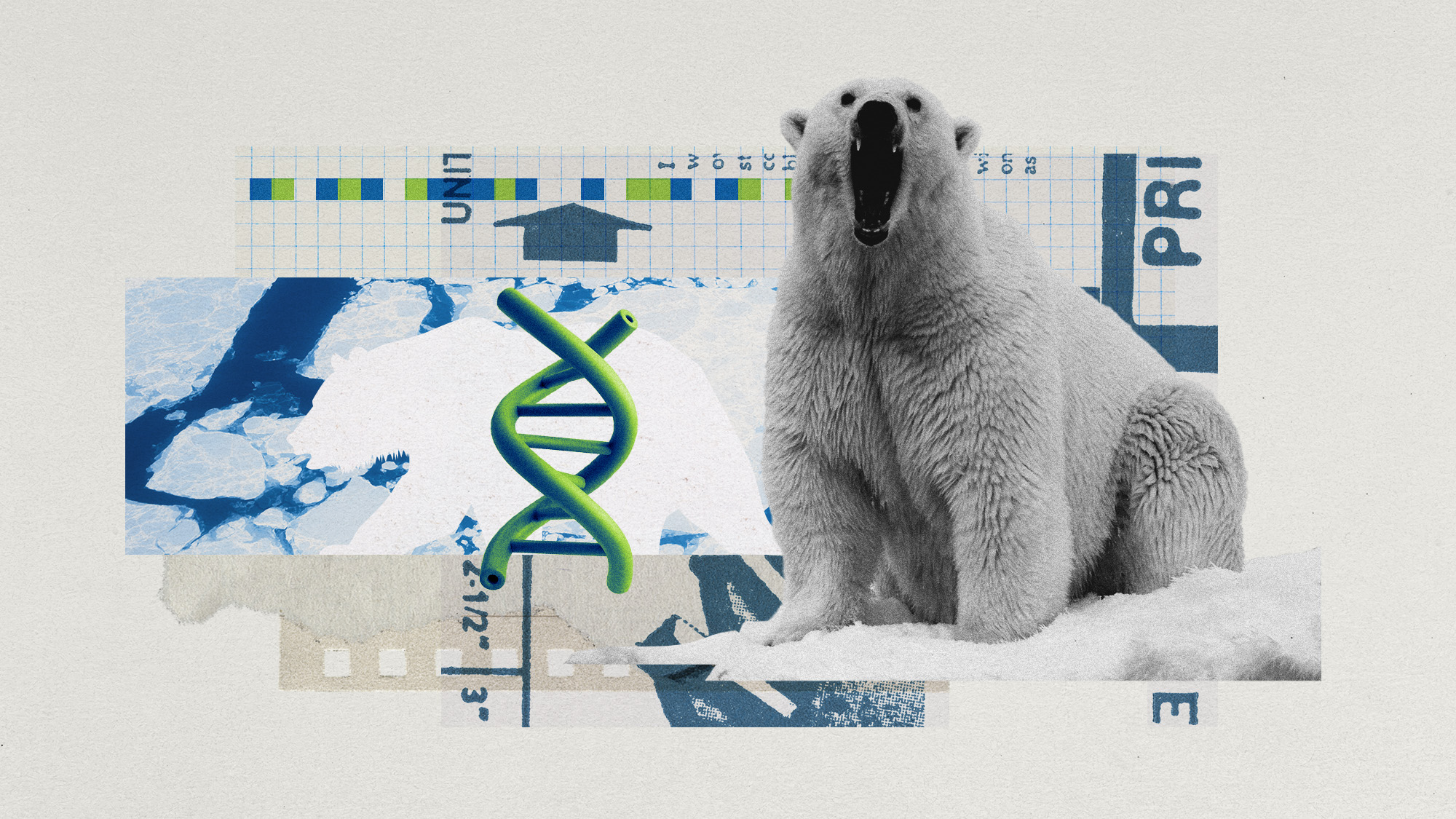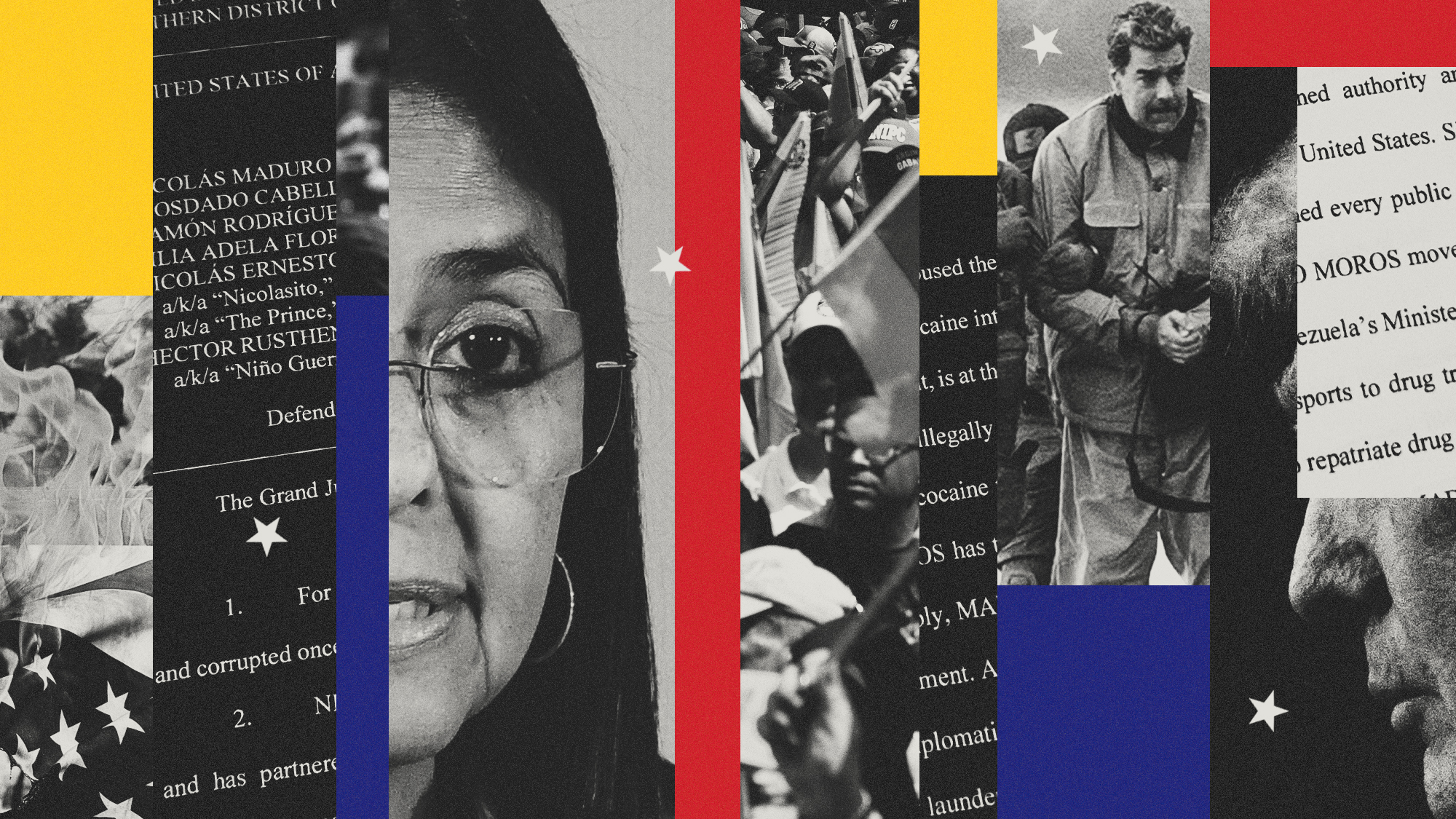What went wrong with coronavirus aid to small businesses
Here's why small business relief is off to a shaky start


The U.S. government's massive effort to provide coronavirus relief to small businesses got off to a shaky start last week.
A crucial piece of the $2.2 trillion aid package that Congress recently passed is the Paycheck Protection Program. It's roughly $350 billion in super-cheap loans which will largely be forgiven, offered to businesses with 500 employees or less, so they can continue paying rent, bills, overhead, and — most crucially — keep their workers on payroll. The idea is to both stanch the staggering bleeding of U.S. jobs and make sure America's coffee shops, restaurants, bars, retail stores, and other small businesses are actually still around to start doing business again once the quarantines sweeping the country let up.
Unfortunately, passing such a gargantuan aid package is one thing; implementing it is quite another. While the loans will be offered by private banks, the effort is being overseen by the Small Business Administration (SBA), a government agency. The loans started going out last Friday, but after some initial framework ideas were mentioned earlier last week, the SBA and the Treasury Department didn't release their initial guidance until Thursday night. Thousands of banks, including some of the biggest in the country, were slow to start making loans, refused to participate, or were at least expressing deep reservations. And small businesses themselves, desperate for help as their revenue dried up, hit a wall of confusion, delays, and conflicting eligibility requirements.
The Week
Escape your echo chamber. Get the facts behind the news, plus analysis from multiple perspectives.

Sign up for The Week's Free Newsletters
From our morning news briefing to a weekly Good News Newsletter, get the best of The Week delivered directly to your inbox.
From our morning news briefing to a weekly Good News Newsletter, get the best of The Week delivered directly to your inbox.
The first problem is simply vetting the firms that will get the loans. The SBA itself is a rather small and modestly-funded outfit, and policymakers apparently didn't think it was up to handling all the logistics itself. That's why the private banking sector, which already makes massive amounts of loans on a regular basis, was brought in as the middleman. But in normal times, banks have to adhere to all sorts of guidelines when offering credit: doing due diligence to make sure the money isn't going to aid fraud or money laundering, or simply to ensure the loan is properly underwritten. All of which takes time, which doesn't exactly fit well with the looming urgency to get the money out the door as fast as possible.
Statements from the Treasury Department earlier this week reportedly suggested banks would still be legally on the hook for all this due diligence, which led some banks to back out entirely, and others to refuse to offer the loans to any firm they didn't already have a working credit relationship with — meaning they'd already done the legwork to clear up all the qualifications. Needless to say, the most marginalized and underprivileged small businesses will both need aid the fastest and are the least likely to have that pre-existing relationship with the banks. By the end of last week, the Treasury Department said that banks wouldn't need to underwrite or verify documents, and would be "held harmless" if borrowers try to defraud the program. Hopefully once that clarification works its way through the system, things will proceed more smoothly.
That said, The Prospect's David Dayen is suspicious that concerns about liability were never more than a cover story for the banks' desire for profit. ("Are they really afraid of the heavy regulatory hand of Steve Mnuchin?") Interest rates on the loans were initially capped at 0.5 percent, which is good for the businesses doing the borrowing, but bad for the banks looking to make a buck, and especially bad for smaller and community banks who generally need to offer more expensive terms than the big banks to make any profit. The SBA has now raised that cap to 1 percent, and it's also going to pay the banks some pretty hefty fees in return for handling the loans. This would be pretty close to free money for the banks, on the order of $10,000 to $100,000 per loan. But at the end of the day the banks' participation remains voluntary, so it's a matter of coaxing them in. "The money's good, but it's marginal, and the big banks think in billions, not millions," as Dayen put it. "So why bother with the hassle?"
A third issue is the design of the loans themselves laid out by Congress and the Treasury Department, and how well that fits with small businesses' needs. The most critical aspect of these loans is that they will eventually be forgiven — effectively turning them into roundabout federal grants to businesses rather than debts with liabilities — if the borrowing business spends at least 75 percent of the loans on keeping its workers on payroll and maintaining their previous wages. But businesses are also limited to borrowing 2.5 times what they need to cover payroll expenses for one month. That's problematic because the coronavirus shutdown of economic activity may well last longer than two and a half months, and also because businesses have to pay rent and bills and overhead to keep running, too. As Slate's Jordan Weissmann observed, plenty of small businesses do spend most of their money on payroll and relatively little on the rest — but for other small businesses, the proportions are much different. And for that latter camp, the Paycheck Protection Program's benefits are much more debatable.
A free daily email with the biggest news stories of the day – and the best features from TheWeek.com
One last issue is simply whether $350 billion will be enough to cover American small businesses' needs. It almost certainly isn't: The combined total for two and a half months-worth of payroll expenses for every company in the country with fewer than 500 employees comes closer to $700 billion. And since the program is run on a first-come-first-serve basis, and since the initial confusion and logjams of implementation mean the most well-connected firms are getting help first, a whole lot of companies and outfits that desperately need the money seem destined to get left out in the cold.
Now, President Trump has said (or, more precisely, tweeted) that he'll request more money from Congress if the $350 billion proves insufficient. But the bigger news on this front came Monday, when the Federal Reserve announced it will start buying up the debt guaranteed by the Payroll Protection Program. Depending on how generous the central bank intends to be with its purchases, this could technically render moot the $350 billion allocated by Congress. The Fed can create as much money as it likes to backstop that lending.
In fairness, a lot of this is no doubt just growing pains. The sheer logistical challenge of creating the amount of credit the Paycheck Protection Program aims for is enormous, and the program has had to go from zero to 60 in the policy equivalent of a nanosecond. The government has had to figure out how to make requirements for due diligence on the loans realistic, given the insanely accelerated time frame, and what mix of incentives will encourage as many banks as possible to participate.
That said, it's worth asking why we relied on the Small Business Administration and the private banks to carry out this project at all: Could the Treasury Department itself have handled the whole thing, for instance?
Congress is discussing passing yet another bill of coronavirus relief. If they do, they should also seriously consider redesigning the loans by removing the two and a half month cap, and forgiving them as long as payroll is maintained, period — regardless of what portion payroll is of the business' overall expenses. Finally, Congress should explicitly say that the Fed is expected to buy up all the loans created by the Paycheck Protection Program, so that the credit flow doesn't go dead once the arbitrary limit of $350 billion has been hit.
The ultimate and overarching problem lurking in the background here is actually very similar to the difficulties the Treasury Department has had giving out the coronavirus bill's cash aid to individual Americans. For both that effort and the Paycheck Protection Program, there's just no pre-existing infrastructure for doing the thing in question, even if doing it is the law. If this was something we did in normal times — and frankly we should — the infrastructure for practical implementation would already be in place. But because we don't do it in normal times, we don't have that infrastructure, and we don't know how to implement it.
Now a cataclysmic emergency is demanding we figure out how to do all that on the fly — at massive scale and in record time.
Jeff Spross was the economics and business correspondent at TheWeek.com. He was previously a reporter at ThinkProgress.
-
 ‘Jumping genes': How polar bears are rewiring their DNA to survive the warming Arctic
‘Jumping genes': How polar bears are rewiring their DNA to survive the warming ArcticUnder the radar The species is adapting to warmer temperatures
-
 January’s books feature a revisioned classic, a homeschooler's memoir and a provocative thriller dramedy
January’s books feature a revisioned classic, a homeschooler's memoir and a provocative thriller dramedyThe Week Recommends This month’s new releases include ‘Call Me Ishmaelle’ by Xiaolu Guo, ‘Homeschooled: A Memoir’ by Stefan Merrill Block, ‘Anatomy of an Alibi’ by Ashley Elston and ‘Half His Age’ by Jennette McCurdy
-
 Venezuela’s Trump-shaped power vacuum
Venezuela’s Trump-shaped power vacuumIN THE SPOTLIGHT The American abduction of Venezuelan President Nicolás Maduro has thrust South America’s biggest oil-producing state into uncharted geopolitical waters
-
 Bari Weiss’ ‘60 Minutes’ scandal is about more than one report
Bari Weiss’ ‘60 Minutes’ scandal is about more than one reportIN THE SPOTLIGHT By blocking an approved segment on a controversial prison holding US deportees in El Salvador, the editor-in-chief of CBS News has become the main story
-
 Has Zohran Mamdani shown the Democrats how to win again?
Has Zohran Mamdani shown the Democrats how to win again?Today’s Big Question New York City mayoral election touted as victory for left-wing populists but moderate centrist wins elsewhere present more complex path for Democratic Party
-
 Millions turn out for anti-Trump ‘No Kings’ rallies
Millions turn out for anti-Trump ‘No Kings’ ralliesSpeed Read An estimated 7 million people participated, 2 million more than at the first ‘No Kings’ protest in June
-
 Ghislaine Maxwell: angling for a Trump pardon
Ghislaine Maxwell: angling for a Trump pardonTalking Point Convicted sex trafficker's testimony could shed new light on president's links to Jeffrey Epstein
-
 The last words and final moments of 40 presidents
The last words and final moments of 40 presidentsThe Explainer Some are eloquent quotes worthy of the holders of the highest office in the nation, and others... aren't
-
 The JFK files: the truth at last?
The JFK files: the truth at last?In The Spotlight More than 64,000 previously classified documents relating the 1963 assassination of John F. Kennedy have been released by the Trump administration
-
 'Seriously, not literally': how should the world take Donald Trump?
'Seriously, not literally': how should the world take Donald Trump?Today's big question White House rhetoric and reality look likely to become increasingly blurred
-
 Will Trump's 'madman' strategy pay off?
Will Trump's 'madman' strategy pay off?Today's Big Question Incoming US president likes to seem unpredictable but, this time round, world leaders could be wise to his playbook
